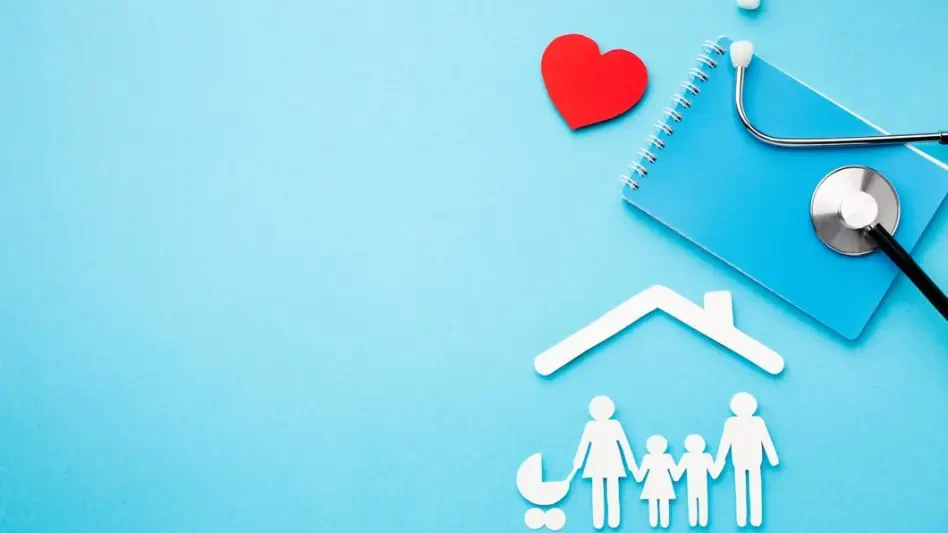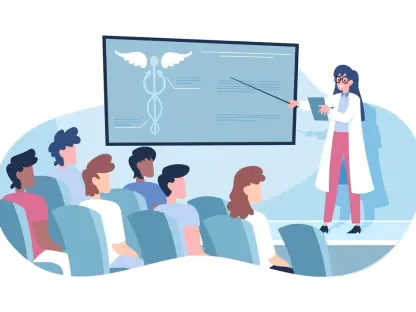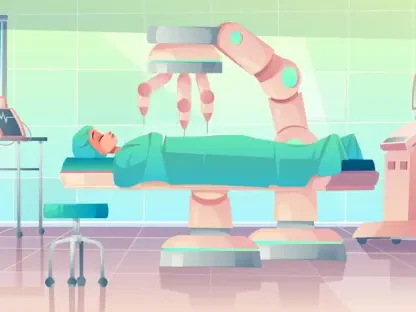I’m thrilled to sit down with Faisal Zain, a renowned healthcare expert with a deep focus on medical technology. With years of experience in the manufacturing of medical devices for diagnostics and treatment, Faisal brings a unique perspective to the intersection of healthcare policy and innovation. Today, we’re diving into the critical challenges faced by Native American communities with Medicaid enrollment, the impact of recent policy changes, and the lessons learned from the unwinding process after the COVID-19 public health emergency. Our conversation explores the gaps in tribal health services, the looming work requirements, and the ongoing struggle to maintain coverage in the face of procedural hurdles.
Can you share your insights on the challenges Native American communities face with Medicaid enrollment, especially during the unwinding period after the public health emergency ended?
Absolutely. The unwinding period in 2023, when states resumed eligibility checks for Medicaid, was a chaotic time for many, but it hit Native American communities particularly hard. Millions across the U.S. lost coverage, often due to procedural issues like missing paperwork or delays in processing. For Native Americans, additional barriers like unreliable mail service in rural reservation areas, lack of internet access, and frequent address changes made it even tougher to stay enrolled. I’ve seen how these systemic issues create a domino effect, where a simple missed notice can lead to months without healthcare access, exacerbating existing health disparities.
How do tribal health services and the Indian Health Service compare to Medicaid in meeting the needs of Native American communities, based on what you’ve observed?
Tribal health services and the Indian Health Service play a vital role, offering some free care to members of federally recognized tribes. However, chronic underfunding by Congress limits their capacity. They often can’t cover specialized care or meet the full demand, which is why Medicaid is so crucial. It acts as a lifeline, filling gaps for things like maternal care or chronic illness management that tribal clinics struggle to provide. From a technology perspective, I’ve noticed that tribal facilities also lack access to advanced diagnostic tools, which Medicaid can help bridge by funding care at better-equipped providers.
What are your thoughts on the new federal Medicaid law introducing work requirements and more frequent eligibility checks, even with exemptions for Native Americans?
This new law, signed into effect recently, is a double-edged sword. On one hand, Native Americans are exempt from the work requirements and the six-month eligibility checks, which is a nod to treaty obligations. On the other, the unwinding process showed us that exemptions don’t always translate to protection from procedural errors. I’m concerned that states, already stretched thin, will struggle to implement these rules without accidentally disenrolling eligible people. The projected increase of 10 million uninsured nationwide is a stark warning, and Native communities, already vulnerable, could still feel the ripple effects through administrative mix-ups.
Reflecting on the unwinding process, what do you think were the biggest systemic failures that led to coverage losses for Native Americans?
The unwinding exposed deep flaws in state Medicaid systems. About 70% of disenrollments nationwide were for procedural reasons—think lost applications or unprocessed renewals. For Native Americans, the issues were compounded by geographic and logistical barriers. Many in remote areas didn’t receive notices due to mail disruptions or lacked the means to submit forms online. State agencies were overwhelmed, often understaffed, and not equipped to handle the volume of redeterminations. There was also a lack of tailored outreach to ensure tribal members understood the process, which led to preventable coverage lapses.
How effective have tribal health workers and local clinics been in helping navigate these enrollment challenges during and after the unwinding?
Tribal health workers and clinics have been a saving grace for many. They’ve stepped in as advocates, helping individuals resubmit applications, track down lost paperwork, and even act as authorized representatives to receive Medicaid notices on behalf of patients. In places like Montana and Nevada, staff at tribal clinics have gone above and beyond to identify and reenroll those who fell through the cracks. However, their resources are limited, and they can’t reach everyone. It’s a patchwork solution to a systemic problem, but their role has been critical in mitigating the damage.
What do you see as the long-term impact of these ongoing procedural disenrollments on Native American health outcomes?
The long-term impact is deeply concerning. Native Americans already face higher rates of chronic illnesses and preventable deaths, alongside lower access to care. Repeated coverage disruptions mean delayed treatments, skipped medications, and emergency room visits that could have been avoided. This not only worsens individual health but also strains tribal health systems that rely on Medicaid as a major funding source. From a tech perspective, it also hinders the adoption of innovative tools for remote care or diagnostics in these communities, as funding and stability are prerequisites for such advancements.
What is your forecast for the future of Medicaid access in Native American communities as these new rules roll out by 2027?
I’m cautiously pessimistic. While the exemptions are a step in the right direction, the new rules will likely amplify existing administrative burdens on states, and Native American communities could still get caught in the crossfire of errors and delays. Without significant improvements in state capacity, outreach, and data collection to track disparities, we’re looking at a potential repeat of the unwinding chaos, just on a larger scale. I hope to see more federal guidance and investment in infrastructure—like better mail systems or internet access on reservations—to prevent unnecessary disenrollments, but it’s going to be an uphill battle.









